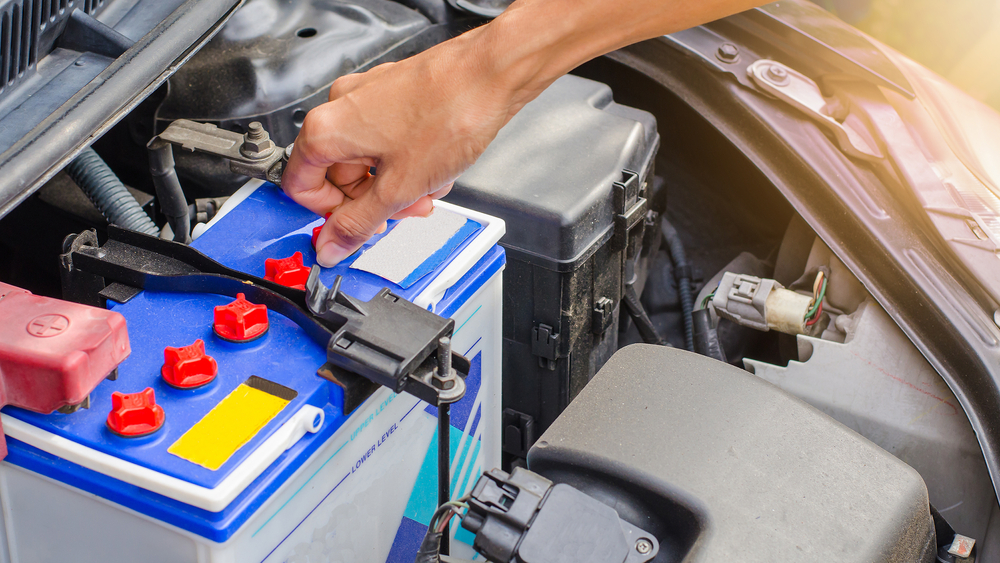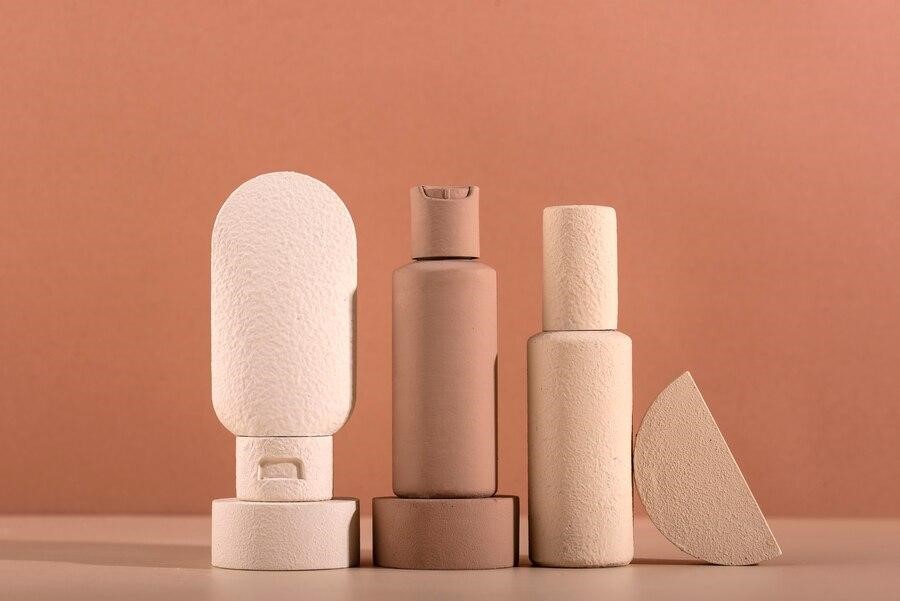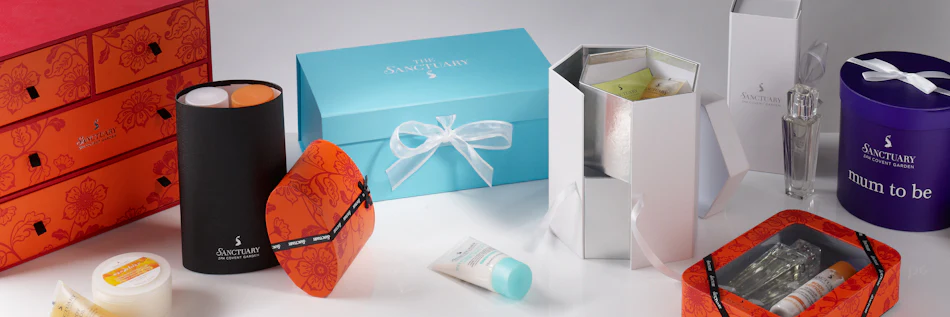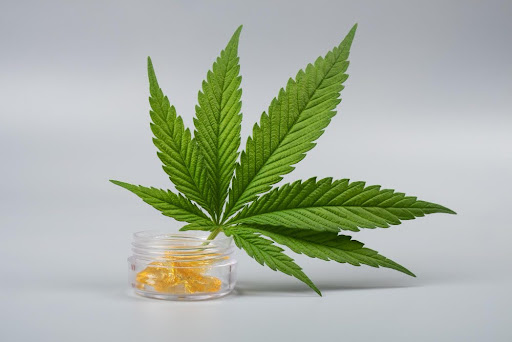Your fries, steaks, and burgers are made succulent, juicy, and flavourful with grease- the ultimate culinary hero in your kitchen. However, the flavour town hero can quickly turn into a villain when not managed properly. That’s why grease traps are essential for all commercial kitchens. However, what’s the right size for yours?
There are several factors that go into deciding the Goldilocks zone for your grease traps. From the size of your kitchen to the type of food that’s made and a lot more. The size and the type of grease trap also influence the grease trap installation cost. Before we dive deeper, let’s figure out what happens when you don’t choose the right size.
Consequences of choosing the wrong-sized grease trap:
- Overflows– A grease trap that’s too small for a large kitchen would fill up very quickly. It won’t be able to handle the regular kitchen waste volume and require you to subscribe to grease trap cleaning services more frequently. Otherwise, you risk messy and expensive overflows.
- Clogs– Let’s assume your grease trap is large enough to avoid overflows, yet small enough to not satisfy your kitchen’s needs. That means you’ll need to deal with clogs constantly as the grease trap stays overloaded and overused.
- Penalties– The Irish EPA (Environmental Protection Agency) has several guidelines. It needs commercial kitchens to follow and some require strict abiding. One of them is right-size grease traps installation and professional grease trap cleaning at regular intervals. Failing to do so would attract penalties.
- Environmental damage– A small trap may not be able to keep the FOG (Fat, Grease, and Oil) particles generated by your kitchen from flowing into the sewer system. That leads to a lot of environmental damage and endangers marine and aquatic life. It’s a shame when the Irish coast is home to so many wonderful species.
Factors you should keep in mind while deciding on grease trap size:
1. Volume of food
Even if this wasn’t mentioned, you intuitively know that a larger kitchen demands a larger commercial grease trap installation. However, it’s not necessary that all large kitchens create a similar volume of waste. For instance, let’s assume you operate a three-star Michelin restaurant. You obviously focus on providing a luxurious experience to a limited number of guests.
The volume of food and waste you generate would be drastically less compared to similar-sized kitchens in a fast food restaurant. That’s why you should pay more attention to the number of customers your establishment serves regularly and the average portion size to come up with a rough figure. For instance, if you’re serving around 200 meals a day, you’ll need a grease traps with a capacity of around 400 litres.
2. The type of food you prepare
Apart from the volume, you also need to look at the type of food you prepare. Certain ingredients and the way they are prepared may produce more FOG compared to other foods. If you serve low-FOG-producing food, a small grease traps would do. On the other hand, high FOG producers with high volumes require much larger grease traps in Ireland. Here’s a helpful guide:
- Low FOG producers (Small grease traps of 200 litres may suffice) –
- Salad-focused restaurants
- Vegan or vegetarian cafes etc
- Medium FOG producers (Moderately sized grease traps and interceptors within 200 to 500 litres) –
- Bakeries
- Casual diners
- Some Asian restaurants and more
- High FOG producers (may require more than 500 litres) –
- Fast food chains that specialise in fried foods
- Sauce-heavy cuisine specialists like French or Italian restaurants
- Meat-centric establishments like burger joints and steakhouses etc.
3. Flow rate of wastewater
Your kitchen sink and dishwashing equipment creates significant wastewater that contains grease, and other organic matter. That’s why the flow rate goes a long way in determining the appropriate size of the grease trap. It decides the amount of wastewater the trap must handle at peak capacity.
Flow rate is usually measured in gallons per minute (GPM). Most industry professionals including grease traps cleaning companies recommend you install a grease trap with twice the capacity of your peak flow rate. For instance, if the flow rate is 30GPM, you should install a grease trap of 60 gallons or more than 200 litres.
A grease traps keeps the flavour king of your kitchen- grease, from turning into a villain. Consider all the above-mentioned factors including flow rate, volume of food, and the type of food you prepare to narrow down on the grease trap size. You can also consult grease trap installation professionals who can provide you with tailored solutions.

















